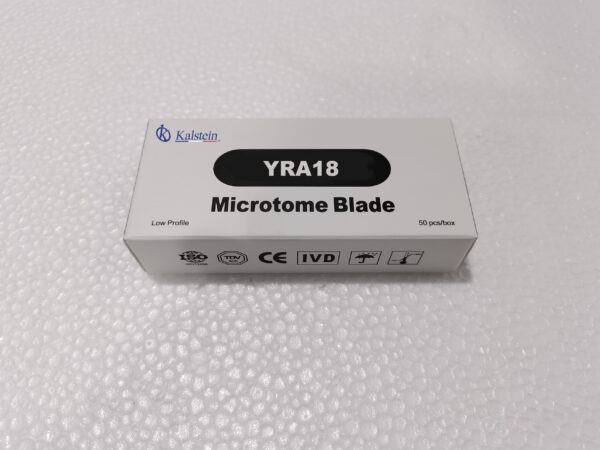Hematology examination has recently become a very important tool in modern medicine. These tests are a series of tests to check for certain diseases or abnormalities in the body. These tests help doctors diagnose certain problems more accurately than other tests. Hematology is also used to monitor medical treatments, such as chemotherapy inhibitors, anticoagulants, and radiation therapy treatments.
Hematology examination usually begins with a blood sample. This sample is sent to the laboratory to be analyzed for cell and protein content. This sample is also used to measure the number of white blood cells, red blood cells, and platelets. These numbers help doctors diagnose diseases such as anemia, leukemia, and tumors.
Hematology tests also include basic assessments such as red blood cell count, platelet count, white blood cell count, hemoglobin tests, neutrophil count, and lymphocyte count. These tests help provide vital information about a patient’s condition. Another important part of hematology examination is reagents.
What are the reagents used in hematological tests?
Reagents are special chemical solutions that are used to determine what type of disease is present and to help doctors complete the diagnosis of a particular disease. These reagents identify the type and level of white blood cells, red blood cells, and platelets in the specific sample range selected. These reagents are used to help doctors make good decisions about the proper treatment of the disorder.
Hematology reagents vary depending on the type of disease you are interested in. For example, there are specific reagents for the diagnosis of infectious diseases, such as the HIV virus. These reagents are used to help the doctor determine the amount of viral particles in the sample, which is an indicator of the effect of certain drugs on virus removal.
Specific reagents are also used to measure the number of white blood cells, red blood cells, and platelets in a sample. These reagents are important for measuring the amount of each one because many diseases are related to imbalances of white blood cells, red blood cells, and platelets. Imbalances in these blood cells can indicate the presence of many different diseases, such as anemia, leukemia, and tumors.
Why are hematology tests so important in medical diagnosis?
Reagents are also used to help doctors determine the number of platelets and white and red blood cells in the sample. These tests can also be used to measure the function of white blood cells and the size of red blood cells. The results of these tests can be an accurate and reliable measure of the number of white blood cells and platelets in a blood sample.
Hematology tests have become a vital tool for doctors in diagnosing certain diseases. Reagents for these tests provide specific data on the number and condition of white blood cells, red blood cells, and platelets in a sample. These data help doctors make good decisions about treatment of the disorder.
As a result, hematological examinations have contributed to the accurate detection and diagnosis of different diseases. These studies are essential to establish the progress of a treatment to cure any pathology, while determining that the side effects are minimal. In that sense, biochemical laboratories play a fundamental role in medical diagnostic procedures.
Hematology reagents in bioanalysis laboratories
Kalstein has for sale several models of instruments for hematological analysis. Some models allow the detection of ions with the use of ion selective electrodes, reliably, quickly and safely. To find out more about the other models, purchase offers and prices, visit HERE and HERE.

